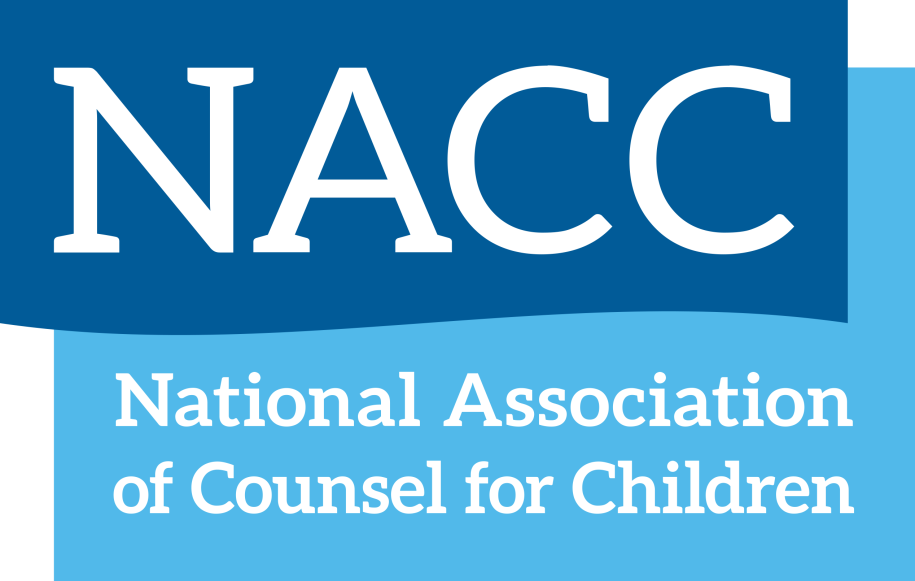Your Case, Your Rights: Companion Guide
Step 1: Believing in Your Rights
Practicing Self-Empowerment Activities
When we were talking with current and former foster youth about creating this guide, a common theme we heard was foster youth needed to believe they are worthy of rights and worth fighting for before they started advocating. Unfortunately, trauma can often make people feel less than valuable. Foster youth must start with understanding that advocating for their rights is part of a healing journey that occurs during and after time in care. Reflection questions and affirmations can help boost the confidence it takes to speak up. In our interactive journal, we’ve included prompts and space to get started.
Identifying Spaces That Empower You
Self-worth is a critical foundation, and a community of support is also very helpful for exercising one’s rights. Map out the people who can be a listening ear and the ones that can be counted on. While foster youth shouldn’t base self-worth solely on other people’s perceptions, ensuring they have support systems in their life to feel wholly valued is necessary. These people can be those involved in the case and life of foster youth and include attorneys, system professionals, statewide youth advisory boards, non-profits, national advocacy spaces with a local presence, or community and school-based organizations. Such groups can be found in the resource section of this guide. Foster youth can stay up-to-date with these services or connect to people who know these specific services to practice advocacy and community building skills and develop tailored support for a wide variety of rights.
Step 2: Knowing Your Rights
Discussing Your Rights With A Trusted Person
Once trusted, accessible professionals are identified, it’s crucial to have open conversations about rights. Don’t be afraid to ask questions about what rights there are, how professionals can help foster youth advocate, and how the professionals that are involved in a foster youths’ case are accountable. Professionals should know this information from their experience advocating for other youth or the training they received as part of their job. Examples you can ask them about your rights includes:
- What are my rights in this situation?
- Will my rights change at a different age?
- What are my legal options?
- Have you seen other youth in foster care experience this before? If so, what have been effective strategies for others?
- How can you help me advocate on this issue?
- When can I expect to hear back from you? (Business Days only? Nights and weekends?)
- If I don’t hear back from you, when should I reach out? (Ex. within 1 week?)
- What is the best way to reach you? (phone, text, email?)
- If I don’t hear back from you, is there any alternate person in your office I can contact?
- Is there any other person or office that can assist me as well?
Using The Your Case, Your Rights: Your Guide to Exercising Self-Advocacy National Map
It can be daunting to know where to start finding foster care rights information. To help, we’ve compiled information for the U.S states. You can use the National Map to access this information. All you have to do is look at the map above and click on the area you are receiving services from to get relevant information, which may include laws, agency policies, or other advocacy resources. Some states have more available than others. It is important to note the difference between rights that have been put into law, versus those that are part of an agency’s internal policy. Rights that are in the law are easier to enforce. However, agencies should fulfill the responsibilities they have laid out in their own protocols that are in writing as well. Having these written documents gives a foundation of knowledge and documentation to refer to when self-advocating.

